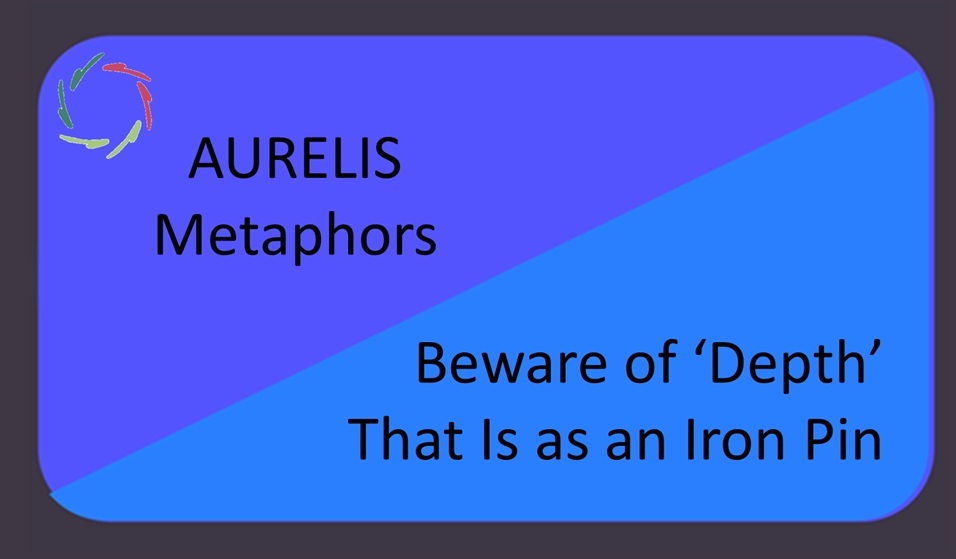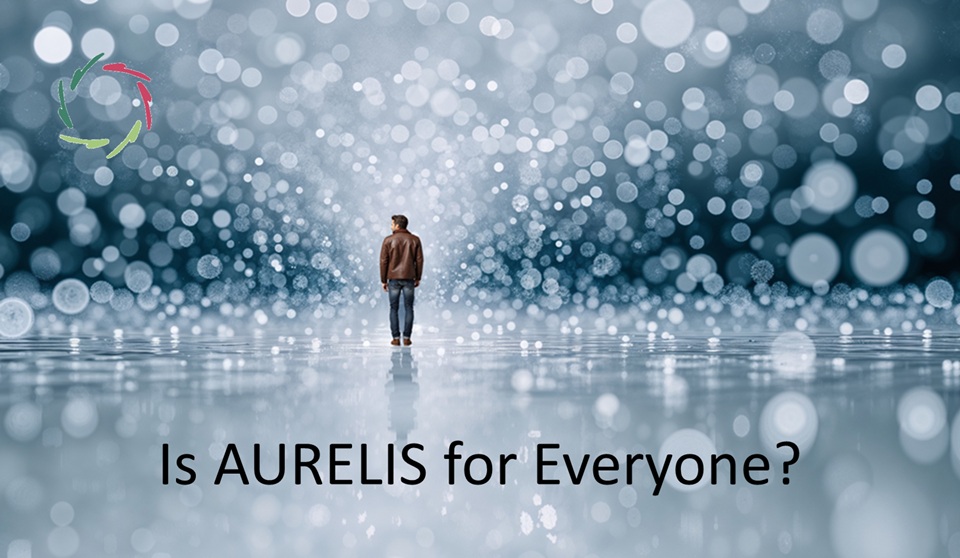Daydreaming: Time Well Spent!

We – almost – all daydream at least once a day, shifting our attention from the external world to internal mentation. This wouldn’t be so if not very important. Why?
Using brain scans such as fMRI, scientist discovered the neural basis of daydreaming, being a set of brain structures which turn on in between cognitive tasks and turn off during those tasks or while asleep. They called this the ‘default mode network’ (DMN). It links parts of the frontal cortex, the limbic system, and several sensory cortical areas. Apparently, it generates its own stimulation independent of outer stimuli.
Note: when you daydream, it’s always you-related.
One could thus also call the DMN the ‘self-related, story-telling network’. My guess is that the same set of brain structures is active when just telling a very good story, with one difference – probably – being that a story is not always about oneself. Or is it? Is a person telling or listening to a story not always identifying with one of the protagonists?
Just being bored
Is daydreaming just a distraction from important cognitive tasks? Or a way to keep us busy when being bored? It’s true that such are the times that we are most apt to get into it. But that by no means proves that the daydreaming itself is unimportant. After all, we also don’t readily fall asleep when being busy, but sleep is of life importance. If you try to ignore it, you will fall asleep during ‘important cognitive tasks’.
Main function: exploring ourselves
Daydreaming may be an important mode for building the ‘self’, preparing a self-related future and repeating what was important in the past. This is building personality. It’s real change from inside.
Not surprisingly, it may also be creativity enhancing (in such case co-involving the temporal lobe of the brain). Conversely, many creatives point out that their best ideas come while mind wandering, say: daydreaming. Creativity is one kind of self-exploration and self-enhancement. An artist creating a true piece of art is in fact ‘expanding the self’, also – in all humility – when writing a blog…
A negative side of it
is that daydreaming may turn into an intense apprehension for the future or a pointless ruminating about the past. When unproductive, one can get really stuck in a kind of DMN-turmoil, with lots of energy expenditure and stress/anxiety. Post-traumatic stress is an example.
A person may try to distract himself from such turmoil but this – naturally – doesn’t work very well. You cannot easily control what comes from a part of you that you don’t control…
Evolution towards storytelling (or at least my take on it)
As we saw, daydreaming is self-story-telling: what we tell to ourselves. Pure nature. It’s not always a complete story of course. It may be just a sentiment or an image of past or future.
Nevertheless, in the natural evolution towards being human, with ever intense kinds of communication between individuals, external story-telling became a natural extension of daydreaming. This is most probably the main reason why story-telling is so attractive, while at the same time, as in public speaking for instance, being such an efficient tool to let people make an internal change of perspective about some issue.
All great speeches are stories.
All good parents know that their children love stories AND can give attention to the story-telling so deeply that the world seems to disappear. It’s a VERY good way to teach children about deeper issues of life.
Fairytales can go very deep. Mythology can go very deep.
Stories are everywhere and are everywhere effective in building personality.
AURELIS
AurelisOnLine ‘guided meditations’ are also a kind of ‘stories’ that one can let oneself be absorbed into. This is not unlike daydreaming or in-depth storytelling.
Special is that using these guided meditations, you can choose your goal better than usual, be it to quit smoking or to go deeper into the meaning of some symptom.
Thus, I like to see AURELIS as a multi-faceted instrument towards effective self-enhancement. I hope you agree.


